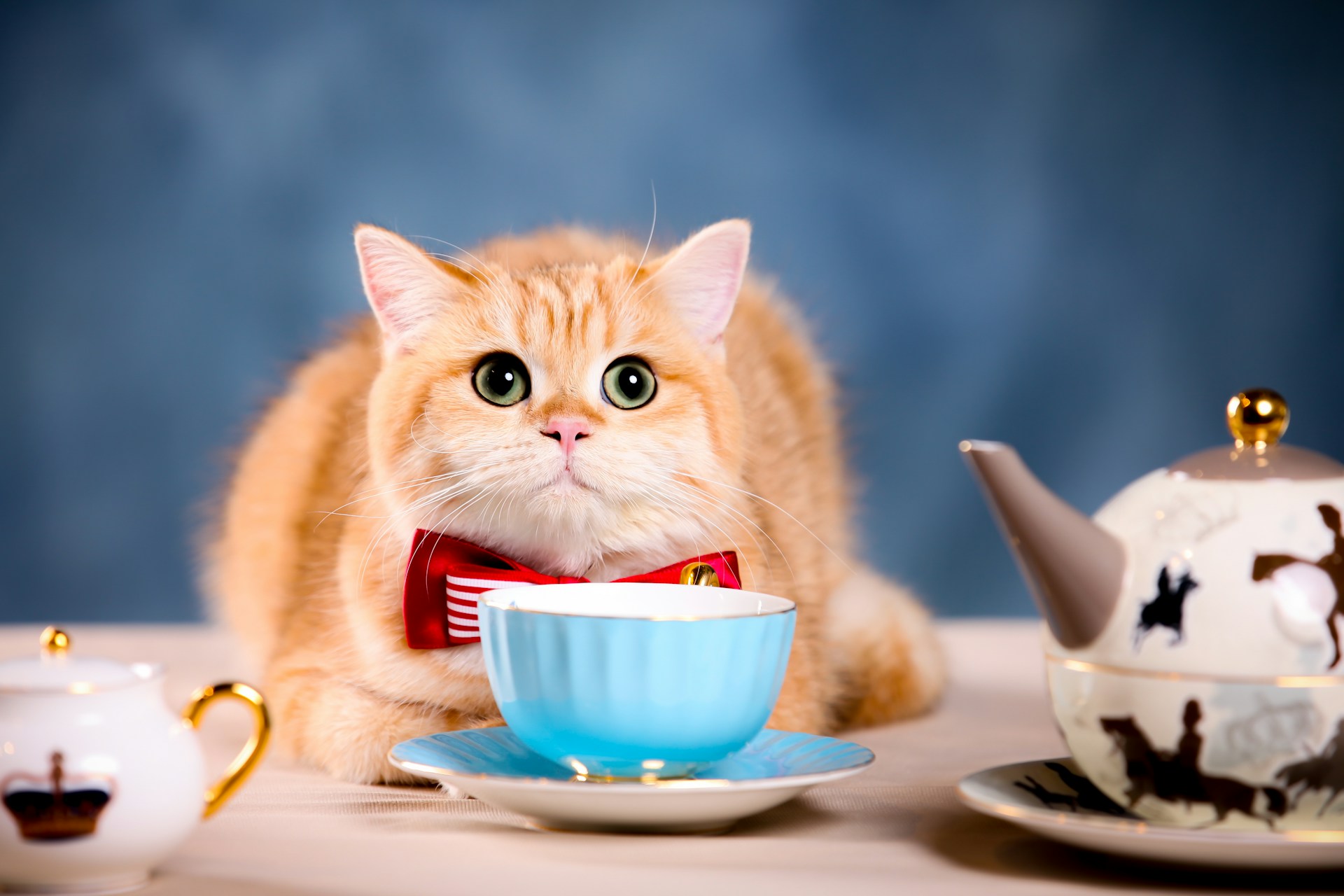Choosing the right food for your cat is one of the most important decisions you’ll make as a pet owner. A balanced diet supports your cat’s energy, immune system, and overall well-being, helping them live a long, healthy life. With so many options on the market, finding the best cat food can feel overwhelming. This guide simplifies the process by exploring feline nutritional needs, comparing food types, and offering practical tips to ensure your cat thrives. Let’s dive into cat nutrition and discover how to keep your feline friend in top shape.
Understanding Feline Nutritional Needs
Cats are obligate carnivores, meaning their diet must be rich in animal-based proteins to meet their unique nutritional needs. Unlike dogs, cats rely heavily on meat for essential nutrients like taurine, which supports heart and eye health. They also need high-quality fats for energy, vitamins like A and D for immunity, and small amounts of carbohydrates for digestion. Water is critical, as cats often don’t drink enough, leading to urinary issues. Kittens require more calories and protein for growth, while senior cats need lower-calorie diets to maintain a healthy weight. Understanding these needs helps you choose food that supports your cat’s health at every life stage.
Wet vs. Dry Cat Food
The debate between wet and dry cat food is common among pet owners. Both have benefits, and the best choice depends on your cat’s needs and lifestyle.
- Wet Food: High in moisture (70-80%), wet food supports hydration, making it ideal for cats prone to urinary tract issues or those who drink little water. It’s often more palatable for picky eaters and easier to chew for senior cats. However, it’s pricier and has a shorter shelf life once opened.
- Dry Food: Affordable and convenient, dry food (kibble) has a long shelf life and can help clean teeth by reducing plaque buildup. It’s less hydrating, so ensure your cat has access to fresh water. Look for kibble with high protein content and minimal fillers.
Many owners combine wet and dry food to balance cost, hydration, and nutrition. For example, feeding wet food in the morning and dry food at night can work well. Consult your vet to determine the best approach for your cat.
Reading Cat Food Labels
Understanding cat food labels is key to selecting a nutritious diet. Here’s what to look for:
- Ingredient List: Ingredients are listed by weight. The first should be a named protein source, like chicken or salmon, not a vague term like “meat.” Avoid foods with fillers like corn, wheat, or soy, which offer little nutritional value.
- Guaranteed Analysis: This shows the percentage of protein, fat, fiber, and moisture. Aim for at least 30% protein and 15-20% fat for adult cats, with higher protein for kittens.
- AAFCO Statement: Look for a statement from the Association of American Feed Control Officials (AAFCO) confirming the food meets nutritional standards for your cat’s life stage (kitten, adult, or senior).
- No Artificial Additives: Avoid artificial preservatives (BHA, BHT) and colors, which can cause allergies or digestive issues.
Check labels carefully to ensure the food provides complete, balanced nutrition for your cat.
Choosing Age-Appropriate Diets
Your cat’s age influences their dietary needs. Kittens (up to 1 year) need calorie-dense, high-protein foods to support rapid growth and development. Look for formulas labeled “kitten” with at least 35% protein and added nutrients like DHA for brain health. Adult cats (1-7 years) require balanced diets to maintain energy and weight, with 30-40% protein and moderate fat. Senior cats (8+ years) benefit from lower-calorie foods to prevent obesity, with joint-supporting ingredients like glucosamine. Special diets may be needed for cats with health issues, such as kidney disease or allergies. Always transition to new foods gradually to avoid digestive upset.
Consulting a Vet for Guidance
Your veterinarian is your best partner in choosing the right food for your cat. They can assess your cat’s health, weight, and lifestyle to recommend the best diet. For example, a vet might suggest a low-calorie food for an overweight cat or a prescription diet for one with urinary issues. Regular check-ups help monitor how the diet affects your cat’s health, allowing adjustments as needed. If you’re considering raw or homemade diets, consult your vet to ensure they’re balanced and safe. For more cat care tips, visit Friends With Tail to explore expert advice on keeping your cat healthy.
Final Thoughts
Selecting the best food for your cat’s health is a powerful way to support their vitality and longevity. By understanding their nutritional needs, comparing wet and dry options, and reading labels carefully, you can choose a diet that keeps your cat thriving. Don’t forget to consult your vet for personalized advice, especially for cats with specific health concerns. With the right food, your feline friend will enjoy a happy, healthy life. For more pet food guidance, check out Friends With Tail and keep your cat purring with joy.

